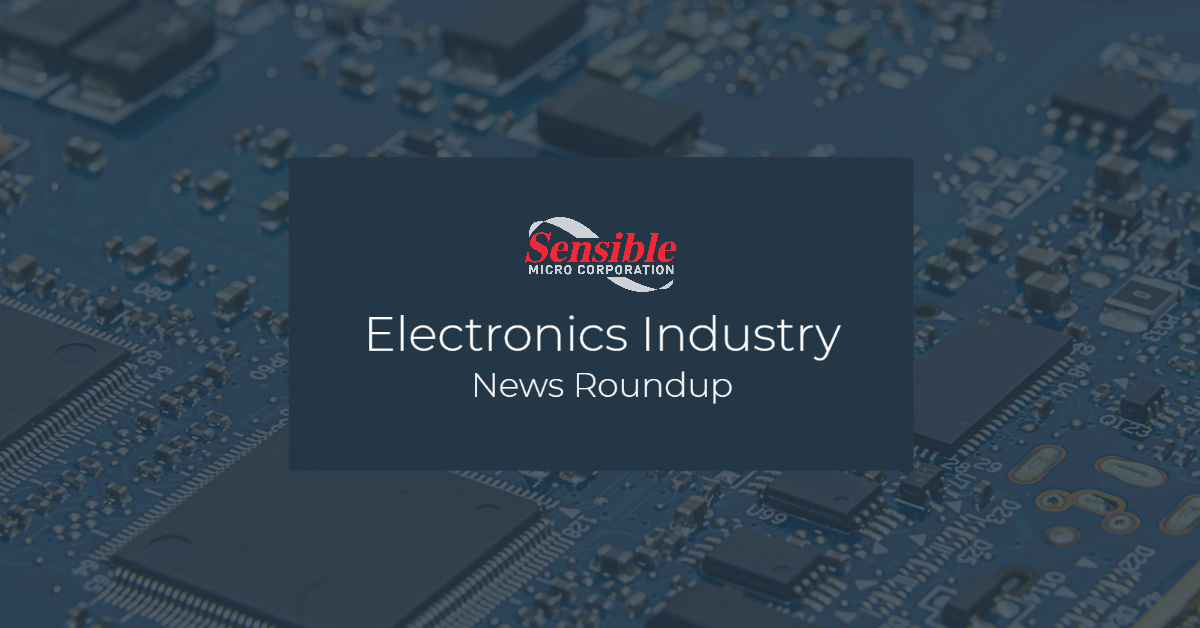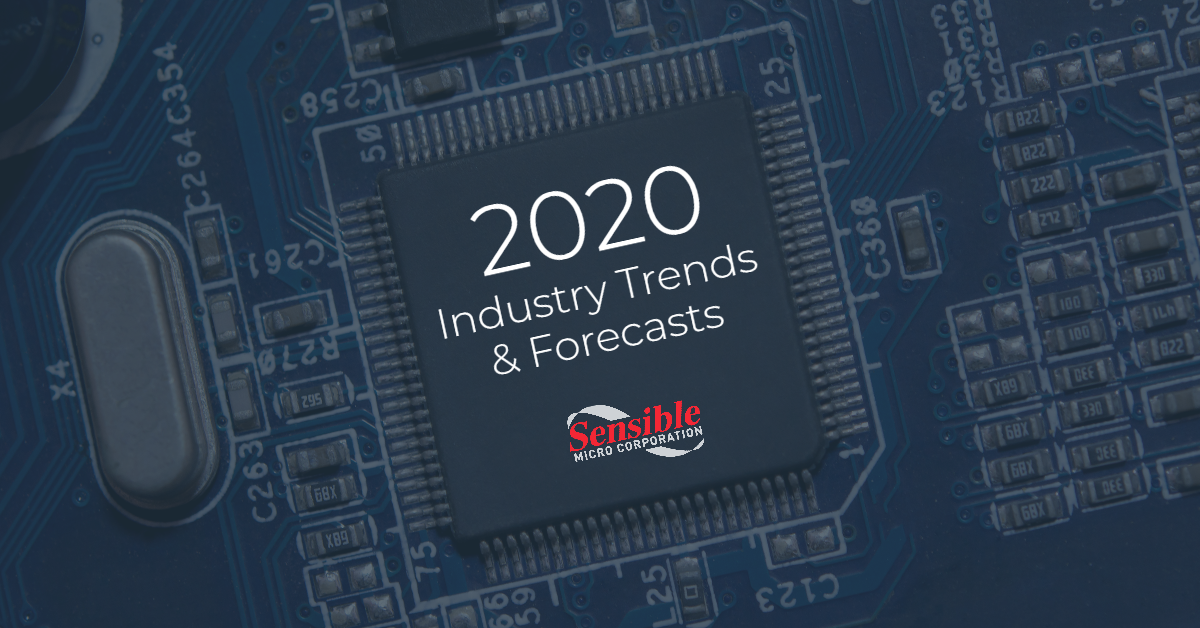Inevitably, the electronic component industry has been affected by the COVID-19 outbreak. Memory products and components specifically have experienced production holds and longer lead times as a result of global manufacturing plant shutdowns and limitations on shipping. NAND memory is among the most affected memory devices, but how exactly? In this post, we highlight the current memory market forecasts and cover the basics of NAND.
NAND & Current Memory Market Forecasts:
While some electronic components are facing shortages during this pandemic, NAND and other devices, such as Hard Disk Drives (HDDs), SSDs, and NOR memory, are seeing notable decreases in demand. As demand drops, so does production and pricing is expected to become unstable. Major NAND chipmakers, like Samsung and Western Digital, could choose to ramp-up chip production in anticipation of a price increase but, since the current global crisis has caused a mass-industry slowdown, OEMs may start to purchase lower volumes of chips and delay project production and launches. NAND prices were expected to rebound this year but with this outbreak, that rebound is now up-in-the-air. In 2019, China started developing their own memory chips, to reduce their foreign dependence. Since China began domestic production of memory chips at the beginning of this year, their total world output increased from zero to 5%.
Though most technology companies will feel the impact of the COVID-19 pandemic long term, some are better positioned than others. Micron Technology, a leader in DRAM and NAND manufacturing, for example, might successfully make it through this time even with recent market uncertainties. Micron saw a drop in share price earlier this month, dropping 5.2% to $45.35, but is doing well overall. In fact, some market analyses show that most memory companies should be able to successfully make it through this outbreak. Weston Twigg, a KeyBanc Capital Markets analyst, commented on the positioning of those in the memory market saying, “Memory companies could be reasonably well positioned amid the coronavirus outbreak. There’s risk that demand could soften sharply. However, limited supply, coupled with strong datacenter demand, could provide support for stable or increasing pricing over the near term.” Twigg also commented on how most businesses’ continuity plans require employees to work remotely, meaning there will be some demand for memory devices as usage of cloud-based applications go up. That alone could be enough to cause an increase in memory prices.
About NAND:
NAND is a type of flash memory and is therefore non-volatile, meaning it retains stored data even if the power source has been turned off. NAND is a smaller chip than NOR, the other form of flash memory, but is able to manage large amounts of data. It is faster than NOR but any existing data has to be erased before NAND can store new data.
Because of its size, NAND is able to achieve a higher density at a lower cost to manufacturers. These benefits have made NAND a standard for high-capacity storage-class memory. NAND has advanced vertically, meaning memory cells are added upward instead of out to the side, to achieve density scaling.
Pros and Cons:
Though NAND is an important type of flash memory, it has its disadvantages and is not meant for all applications.
The advantages of NAND include, but are not limited to:
- Small size
- Non-volatile
- Higher density levels
- Low cost
- Fast speeds
- High-capacity storage
Its disadvantages include, but are not limited to:
- Not bit-addressable
- Not bit-alterable
- Not ideal for main memory
Types of NAND:
NAND falls into several types:
1. Single-level cell (SLC): This high-performance type of NAND is more expensive than the other types. SLC chips have good write/rewrite endurance, meaning data can be written and rewritten numerous times before degradation in performance occurs.
2. Multi-level cell (MLC): MLC is commonly used in solid state drives. It is slower than SLC memory but more cost effective.
3. Enterprise MLC (eMLC): eMLC is a subtype of MLC NAND that is intended for high-end mainstream use or light enterprise use. eMLC has good write/rewrite endurance and is cheaper than SLC NAND.
4. Triple-level cell (TLC): TLC is another subtype of MLC and was designed to be used in cost effective SSDs. TLC has lower write/rewrite endurance but is budget-friendly.
5. Quad-Layer Cell (QLC): QLC NAND is a newer NAND architecture that offers 33 percent more bit density than TLC NAND.
6. 3D V-NAND: In contrast to traditional cell formation in flash memory, V-NAND stacks memory cells vertically. V-NAND allows for higher storage capacities in SSDs at an affordable price.
What is NAND used for?
NAND is used in a variety of storage applications, such as:
- Solid-state drives (SSDs)
- USB flash drives
- SD cards
- Digital cameras
- Smartphones
Sourcing NAND:
While it is unclear how exactly the NAND market will be affected, one thing for certain is that NAND and other memory chips may become harder to source. As a certified electronic component distributor and value-added sourcing partner to thousands of OEM and EMS companies worldwide, Sensible Micro has the ability to source a wide variety of electronic components, including all types of memory. Additionally, we can provide our customers with scheduling packages and customized stocking. Schedule a call with one of our sourcing experts today to discuss your NAND needs.
Stay on top of the latest developments in the industry and in our community by subscribing to the Sensible Micro blog.



















